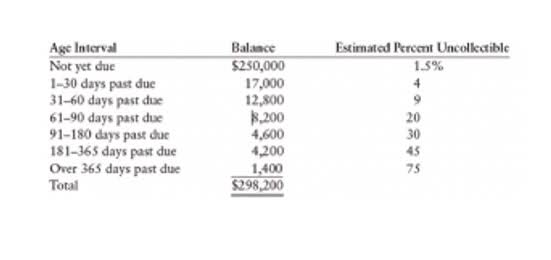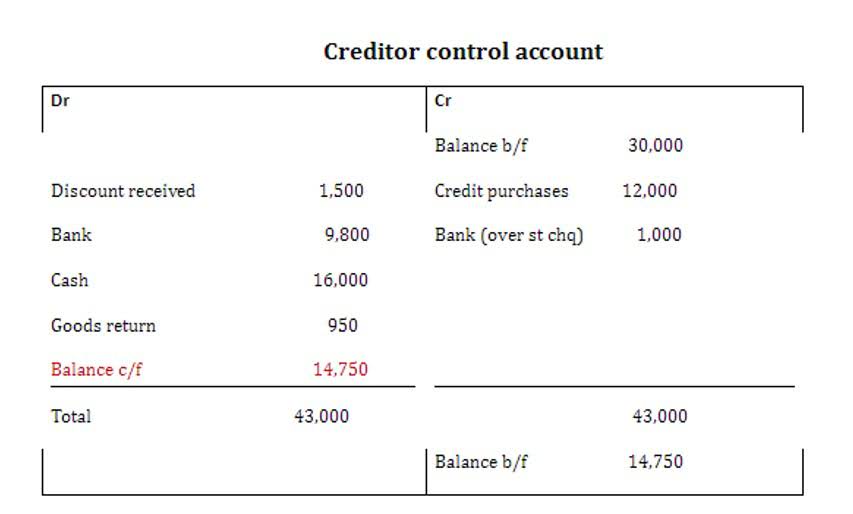
In the interim, the business could have been mistakenly spending money it didn’t have. Single-entry bookkeeping is what you do in your checkbook, recording checks and deposits in one register. For businesses using single-entry, you record income and expenses once, hence the name. Single-entry accounting is only practical single entry bookkeeping vs double entry for smaller businesses with low transaction volumes, as it fails to take concepts like inventory into account. A business also can not use single-entry accounting to create certain necessary financial documents, like balance sheets. Yes, it is possible to switch from single-entry to double-entry bookkeeping.
- They generally use double-entry bookkeeping because it’s more inclusive and expressive.
- Service-based companies may also prefer the single-entry system because, without the complication of inventory, a more robust accounting system isn’t required.
- A subsidiary ledger is used to keep track of the details for a specific control account within a company’s general ledger.
- In this example, when the business receives bills from vendors, these expenses are debited and Accounts Payable (which is a liability account) is credited, creating a new liability.
- In single-entry accounting, when a business completes a transaction, it records that transaction in only one account.
- You can stuff your receipts into one of our Magic Envelopes (prepaid postage within the US).
- This is why double-entry bookkeeping generally is preferred to single-entry systems.
Now that we’ve analyzed both systems, let’s compare them to see which one works best for your business. Build failproof processes that help you keep track of financials, compliances and more. Because it is not maintained to a specific standard, only the business owner can utilize it.
Best 5 Payroll Management Services
While this is a simple example, but clearly illustrates how double-entry accounting is different and more descriptive than single-entry bookkeeping. We go into more complex examples of double-entry accounting in different posts but for now, we will continue on and look at the key differences between single and double-entry accounting. Two types of accounting that new accountants will come across are single-entry bookkeeping and double-entry bookkeeping.
The below example breaks down different types of expenses, which makes it easier to track spending by category. After you’ve made sure your entries match what’s on your bank statement, you’ll want to make a separate document to account for transactions outside the scope of the existing cash balance and book. In the chart below, there’s an unprecedented check for $300 (this is a check that hasn’t yet cleared) and $50 cash that hasn’t been deposited yet. You can also add a column for notes and accurate financial records. The table’s last row should show the accounting period’s ending balance (at month-end or year-end, for example). Having a debit and a credit for each transaction ensures both sides of this equation balance.
Single-entry vs double-entry accounting systems
As we mentioned, there are always two or more accounts affected in an entry. Every time there is an entry, the debits and credits balance in the entry. However, understanding the needs of such entrepreneurs and to clear the confusion, we have summed up this article.

In today’s world, double entry bookkeeping is the most common, expected, and effective data entry method. The single entry bookkeeping system is an inadequate accounting system since it does not record all financial transactions. Instead, it only tracks personal accounts such as debtors, creditors, and cash. In order to choose the best financial process for your business, it’s important to understand the different types of bookkeeping systems. An efficient bookkeeping system is crucial to the success of a business since it measures the financial performance of the business. It also provides the data needed to make the most effective strategic decisions and serves as a goalpost for revenue and income goals.
